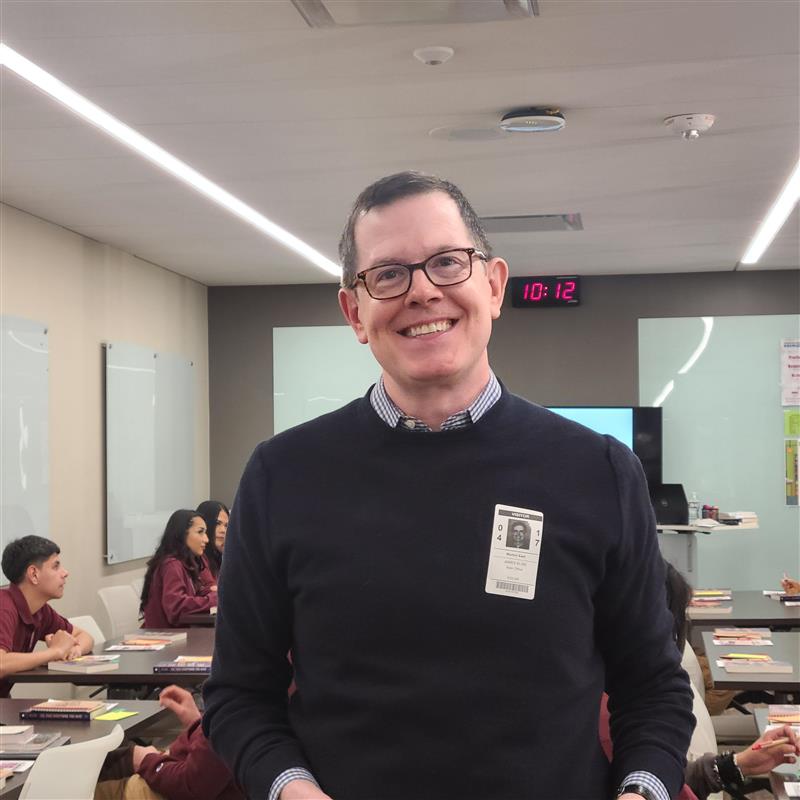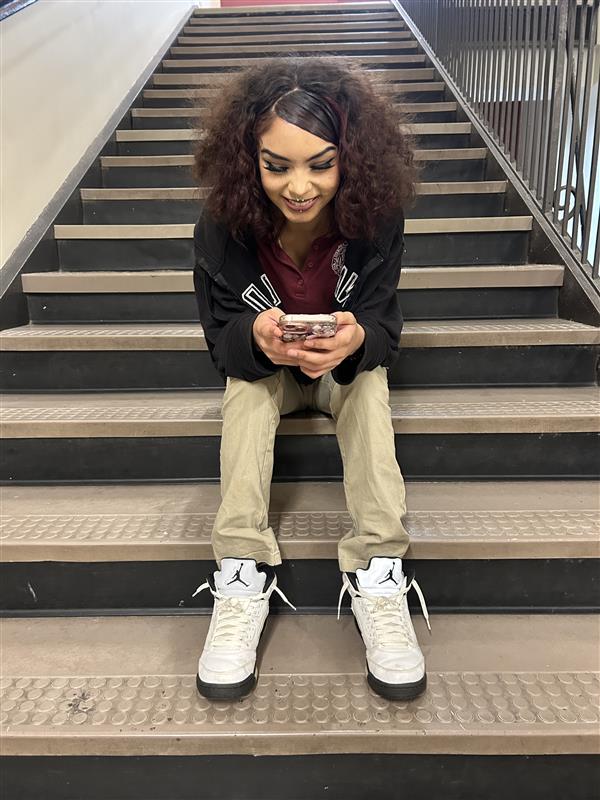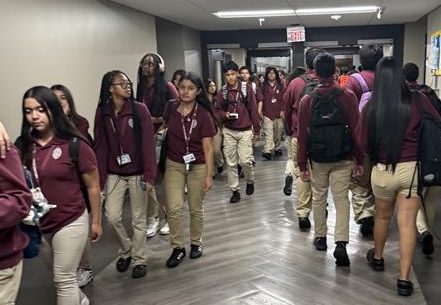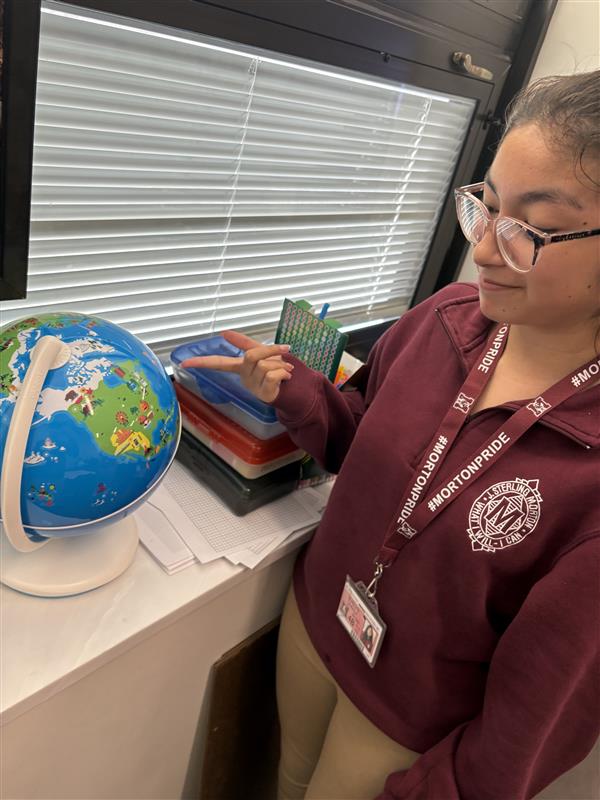Recently, young adult literature author James Klise toured our Morton campuses and spoke with youth about his books and writing experiences. He answered student questions and autographed books as well. Here’s how we feels about books, writing and our community:
Question: Your books often

deal with characters who feel like outsiders. What advice would you give to Latino teens who sometimes feel like they don’t fully belong in either of their cultures?
Answer: Great question. There are times when most teens (of every background) feel like they don’t belong. We may all feel like outsiders in different social situations, right? Finding our “true” communities can take time. So my first advice is to be patient. You’ll get there. My second advice is to stay curious. We all have access to the internet, which easily connects us to any culture/community we’re most interested to explore. And we have books, films, TV, etc. Clues from every source eventually reveal where we belong.
Q: In I’ll Take Everything You’ve Got, the main character is keeping a big secret. Why do you think it’s important for teens to see characters dealing with identity struggles?
A: The great theme of YA literature, across genres, is IDENTITY. We all may ask: Who will I become? What is my place in the world? Given all the problems in our complicated society, how can my one unique life make a positive difference? Who will I love? It’s only natural that literature for teens reflects those profoundly important questions.
Q: Many Latino students grow up speaking two languages or living in two worlds. Have you ever felt like you were living in between identities—and how does that show up in your writing?
A: This living “between” identities is a shared experience, right? Not just in immigrant communities, and not just in high school. Even now, I sometimes feel like I have two distinct selves: the professional I am every day at school, and the human person I am at home. Most of us travel between our different selves all the time. In fiction, having separate or “secret” selves can lead to tension, which is compelling. In real life, of course, speaking two languages and having diverse perspectives often makes us stronger and more competitive than those who do not.
Q: What inspired you to set your latest book in 1930s Chicago, and how do you think teens today—especially Latino readers—might connect with that era?
A: 1934 was one of the hardest years of the Great Depression. Economic desperation is what drives my main character, Joe, to come to Chicago to make some money. That economic hardship feels especially relevant now. Also, 1934 was a year when the American government began a new strict control of culture. Many cities, including Chicago, worked hard to make LGBTQ+ communities disappear. That feels relevant now, too. I hope all readers will see parallels between 1934 and today.
Q: Your characters are complex and go through real emotional journeys. What do you hope Latino teens take away from reading your stories?
A: My main goal, every time I write a book, is to tell a story that entertains the reader – authors want readers to turn pages! In I’ll Take Everything You Have, the first scene that came to me was when two characters need to drop a dead body off a bridge late at night. It began as a thriller. The coming-of-age element, historical texture, and the connections to today – that all emerged during the writing.
Q: If you could collaborate with a Latino writer, filmmaker, or artist to create something new, who would it be and why?
A: Fun question! OK, let’s see. Writer: Cristina Henríquez. I loved The Book of Unknown Americans, and I have her new novel about the Panama Canal waiting next. Filmmaker: Pedro Almodóvar – my favorite storyteller of all time. The feelings, the colors! I want to live in Almodóvar’s world. Visual artist: Yvette Mayorga, both because of her bright color palette, and because she’s doing interesting things with gender. Henríquez and Mayorga have strong Chicago connections, too!
Q: A lot of your work touches on truth, secrets, and courage. Can you share a moment from your own teen years when you had to be brave?
A: Honestly, I wasn’t brave in high school. I followed the crowd. The bravest thing I did in high school was decide to travel 800 miles from home for college. In a funny way, that single decision led to a lifetime of confidence.
Q: How do you approach writing characters who come from different backgrounds than your own, and how do you make sure you get it right?
A: Sometimes this involves getting feedback from sensitivity readers, but really, it’s just doing the writer’s #1 job: making sure every single character feels fresh, three-dimensional, and capable of surprising the reader.
Q: What message would you send directly to Latino high school students who are interested in writing their own stories but aren’t sure where to start?
A: Every story starts with a sentence. One sentence follows the next. Every story had its own shape and length, its own rules and unique needs. We discover the story as we work. That’s what makes writing challenging, but also keeps it fun! For me, writing never gets any easier, but I have learned to trust the process.
Thanks, James Klise! We can’t wait for your next book and visit!








